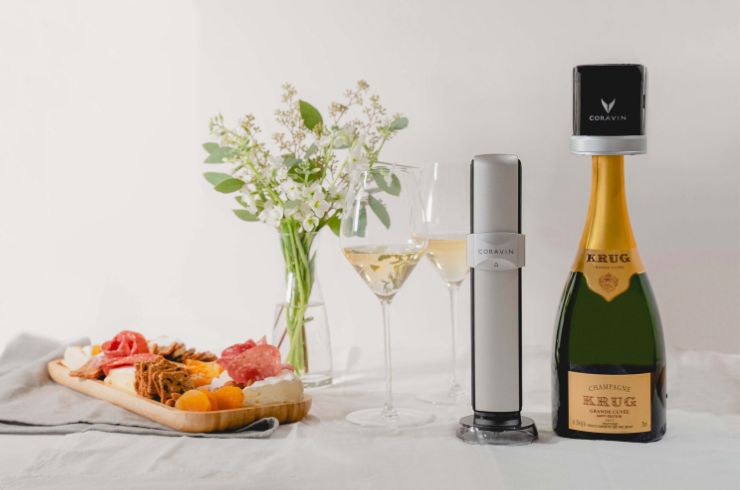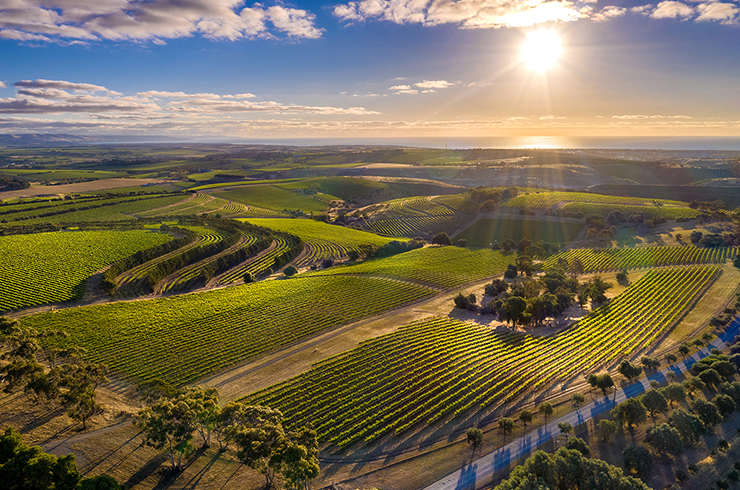There are few Australian regions, if any, as progressive as McLaren Vale. And that’s not just due to an aura cast by a few high achievers pushing boundaries, but rather it reflects an engaged, interactive community pursuing environmental agendas and adapting to climate stress while always chasing aspirational wine goals. Those wines include subtly tweaked classics and completely retooled takes on hero varieties, but the Vale is also increasingly taking on new accents – from Italian to Iberian – always with a subtly grounded Australian inflection.
Grenache: From draft horse to darling
Occupying around 56 per cent of vineyard land, shiraz is McLaren Vale’s hero variety, but grenache is the rapidly evolving superstar, with expressions that taste as diverse as they feel utterly new. Once the nation’s most planted grape, grenache was the plodding Clydesdale that turned out crops of high sugar and yield to fuel the nation’s seemingly unquenchable thirst for fortified wines.That thirst was increasingly slaked by more digestible table wines as the 20th century edged through its second half, and so dipped the fortunes of grenache. Uprooted, grafted and variously ill-treated in the winery, while the grape had some notable champions, arguably it wasn’t until the last decade or so that grenache once again truly lengthened into its full, assertive stride, though with a distinctly different gait.
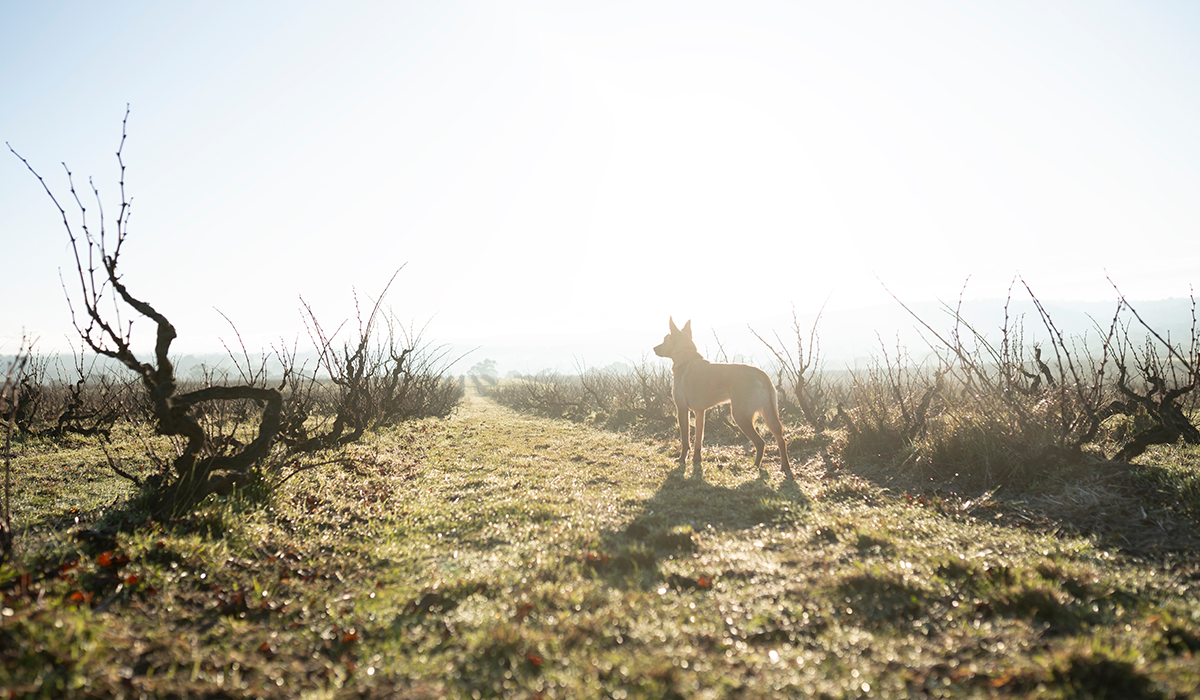
Today, the expressions vary from sapid, textural rosé to buoyantly joyful vins de soif; from earthy and brooding reds to those with explosive aromatics of cranberry, pomegranate, rosewater, rosehip, exotic spices and the like. And structure that was prior often supplied by ill-tailored oak has been supplanted by the layering of grape tannin, sometimes buttressed with stem-derived grip, and sometimes enhanced into an insistent sandy structure after a long slumber on skins – think nebbiolo.
The group of exemplary makers is not a small one, but the wines of Thistledown, SC Pannell and Yangarra – from their enviable collection of sandy-rooted old vines – spring immediately to mind. So too do earlier advocates like Wirra Wirra and Clarendon Hills, along with compellingly diverse renditions from newer names like Bondar Wines, Paralian Wines, Ministry of Clouds, Vanguardist Wines and Varney Wines, amongst others.
What makes grenache even more exciting in the Vale is that it is finally being replanted in earnest. Coupled with an increased awareness through exhaustive subsurface mapping of the many twists of soil and geology to suitably match vine to site, the future for McLaren Vale grenache is shimmeringly bright.

McLaren Vale's alternative facts
McLaren Vale’s Mediterranean climate is a natural fit for grenache, but it is also unsurprisingly ideal for a tranche of grape varieties adapted to the namesake conditions of their Iberian, Gallic and Italian homelands. The uptake of grapes like sangiovese, nero d’avola, touriga, fiano, vermentino, montepulciano, trousseau and tempranillo has been meaningful, and the climate-apt catalogue extends to such Rhône and Languedoc white grapes as picpoul, roussanne and clairette.While less than 10 per cent of vineyards are devoted to white grapes, with chardonnay still the dominant minority, the pursuit of grapes that suit not just the local growing climate but also the local drinking and dining ones is yielding engaging results. Flavourful and chewy fiano from the likes of Oliver’s Taranga, Lino Ramble or Coriole, seriously textured ceramic-egg raised skin-contact roussanne from Yangarra and, again from Coriole, classically racy and taut picpoul, are strong statements on the direction of an evolving drinking landscape.
A round up of white grapes to watch is incomplete without discussing the overdue dusting off of chenin blanc, which, like grenache, has long been neglected. While its resurgence is still very much nascent, bottlings from Brash Higgins, Aphelion and MMAD Vineyard – a new label from an old site in Blewitt Springs and the experienced hands at Shaw + Smith – point towards the zippy, lemon-pithy and orchard-fruited grape justifiably asserting itself.
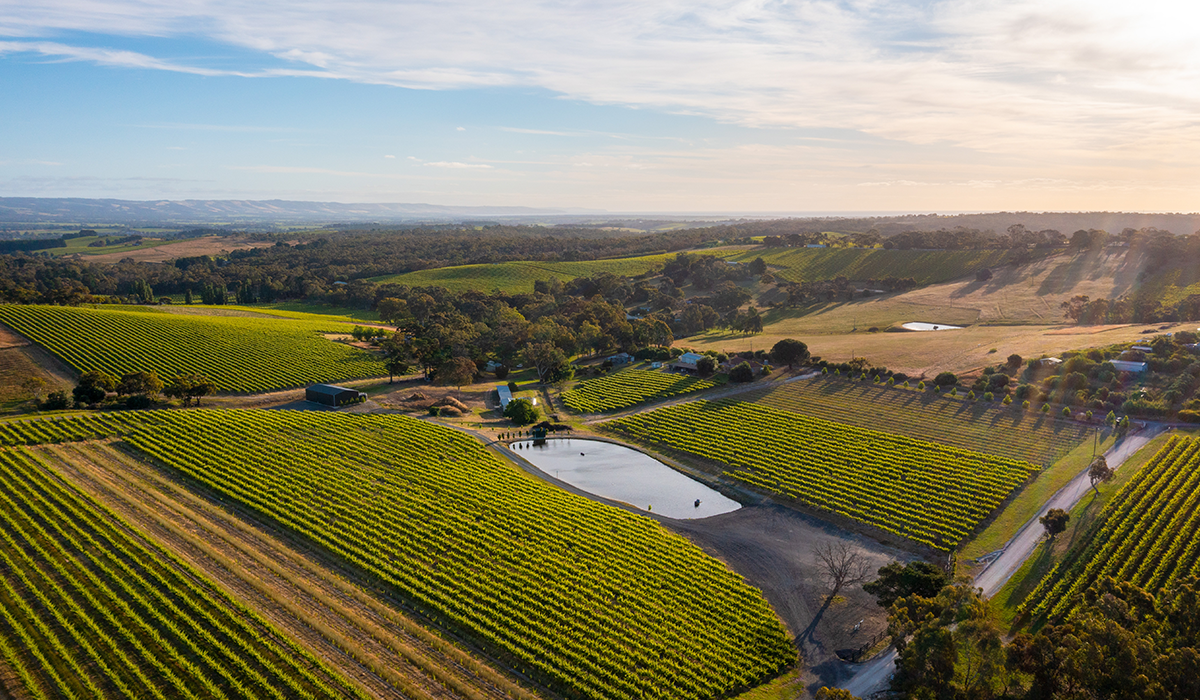
Discussing emerging red varieties in McLaren Vale must start with early adopter Coriole (once again), with their near-40-year-old history with sangiovese, but they are flanked by growers and makers on the same path to find grapes that thrive in the conditions and make wine of individual character emphasising a sense of place. Makers like Hither & Yon, Orbis, Lino Ramble, Somos, Oliver’s Taranga and Kangarilla Road are all exploring so-called alternative grapes – both white and red – from aglianico to zinfandel.
McLaren Vale's organic growth
That pursuit of novel vine material is not just to find new expressions, but rather it is deeply rooted in a key driver of McLaren Vale makers, and that is to work with rather than against the climate and the land. Those varieties are selected to soak up the sun but less of the water – a challenging resource at times – and hum along calmly in the heat of the day, unstressed.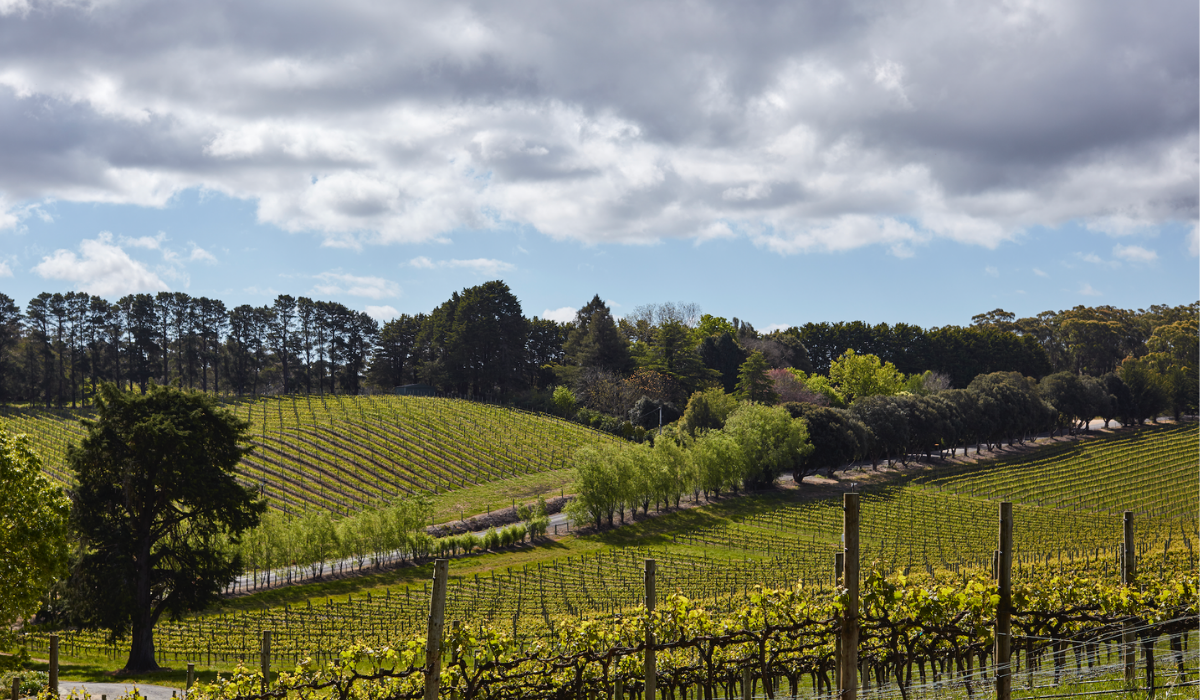
The undercurrent of sustainability sees members of Sustainable Winegrowing Australia accounting for over half the vineyard land in McLaren Vale. Nearly 40 per cent are also certified organic or biodynamic, with many more practising but not yet certified or pursuing their own regenerative agriculture goals. Those programs also have deeper tentacles, which extend to renewable energy, recycling, revegetating non-vineyard land, boosting biodiversity and preserving groundwater through a successful region-wide water reclamation project.
McLaren Vale is one of our most startlingly beautiful wine regions. It’s a place of immense diversity, from the complex web of geology and soils strung across the geological fault lines to the innovation of growers farming better and finding climatically suited grapes to champion sustainability. And those practices are in lockstep with the pursuit of exceptional wine, whether built for sun-drenched frivolity or more serious contemplation.
Sign up to view these tasting notes and ratings
By becoming a member of Wine Companion, you'll have access to the largest database of wines in Australia.
Top image credit: McLaren Vale Grape Wine & Tourism Association.

